TD Synnex CEO: We’re Bringing ‘Sales Engagement Or Energy To Where There Is Demand’
‘The market in total has a set of technologies that have better growth attributes: cloud, analytics, IoT, cybersecurity, hyperscale infrastructure. We’re really making sure that we’re doubling down on those areas that will have greater than the average growth of IT,’ says TD Synnex Rich Hume.
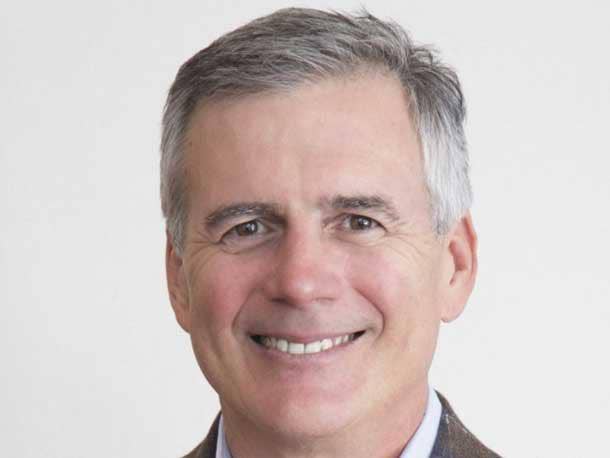
Enjoying The Fruits Of The Merger
TD Synnex in January unveiled its first full-year financial picture since it was created by the September 2021 close of the merger of IT distributors Tech Data and Synnex. The company’s top-line revenue growth was 14 percent compared with the combined revenue of the two separate companies the year before.
The merger did more than accelerate revenue. TD Synnex CEO Rich Hume, in an exclusive meeting at this month’s GTDC Summit, told CRN that a full year after the close of the merger, the company and its solution provider customers have enjoyed a wide range of benefits neither Tech Data nor Synnex could have provided on their own.
The biggest is a strengthened balance sheet that allows TD Synnex to invest in ways its predecessors could not, Hume said.
[Related: Ingram Micro, TD Synnex, D&H CEOs On The 2023 Economic Outlook]
“We have a bigger stream of investment dollars when you put the two together such that we can invest more in capabilities,” he said. “And then we have a very strong balance sheet as it relates to our opportunity to extend credit to the partner ecosystem. And we’ve been using those capabilities to make sure that we’re meeting or surpassing the market needs.”
And those new capabilities are not coming because TD Synnex took the merger as a chance to cut spending, Hume said. “In that instance, one plus one equals two, and we’re probably adding on top of that,” he said.
Hume also talked about the macroeconomic environment facing the IT industry and how issues caused by potential inflation and recession are opportunities for a company like TD Synnex to improve its capabilities.
“As economic cycles impact some of those areas and perhaps not others, we have the opportunity to make sure we’re transitioning our sales engagement or energy to where there is demand. … The market in total has a set of technologies that have better growth attributes: cloud, analytics, IoT, cybersecurity, hyperscale infrastructure. We’re really making sure that we’re doubling down on those areas that will have greater than the average growth of IT,” he said.
There’s a lot going on at TD Synnex and in IT distribution in general. Following is more of Hume’s take on what’s happening.
One quick note: When Hume uses the term “customers,” he is referring to channel partners, which are TD Synnex’s customers. That use of the word “customer” is pretty consistent through the IT distribution business.
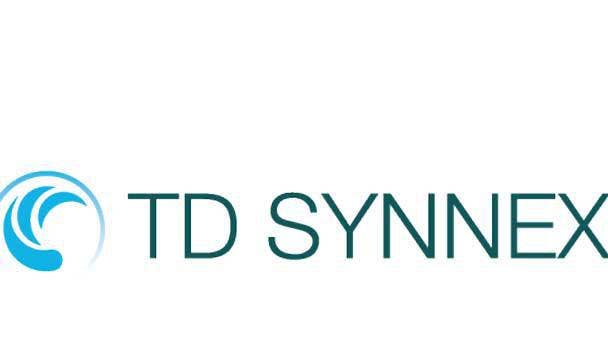
What’s the latest at TD Synnex? How is the company doing, and what are you seeing in terms of the business side of TD Synnex?
In November we just finished our first full fiscal year as a single company. Then, in January, we announced our results, and our full-year results, [and we] had a very good year. From a financial commitment perspective, we completed the overwhelming majority of our financial commitments that we published when we started the merger. And obviously, we’re still in our journey with regard to the integration. It’s on track, going well. We’re always asked about how things are going with our ERP transitions. Our ERP transitions are going well. In the Americas now, we probably have 70-ish percent of our business on the long-term platform. We took the approach of moving vendors and customers over time, as opposed to flipping a light switch. And that has served us quite well. If there are things to be learned along the way, we incorporate them before we move on to the next tranche, but we’re pretty well down the road and things are working well there. And the rest of the major decisions around the integration are complete. I would say the long pole will be completing the ERP piece. Although we’re well down the road now, it’ll take us into the fall time frame to complete.
Now that Tech Data and Synnex have come together for a full year as TD Synnex, what’s the biggest difference in terms of how you face the market compared with before the merger and even last year as you were putting the merger together?
So a couple of things. No. 1 is when we put the two companies together, we had a bigger and stronger balance sheet. And that affords two opportunities. One is we have a bigger stream of investment dollars when you put the two together such that we can invest more in capabilities. And then we have a very strong balance sheet as it relates to our opportunity to extend credit to the partner ecosystem. And we’ve been using those capabilities to make sure that we’re meeting or surpassing the market needs. If you think about something like a cloud platform, we previously had two, and now we’ve moved to one. And as we moved to one, we kept that investment pool the same which, instead of duplicating investment, now allows us to have those same absolute dollars apply to one. And so we’ve been able to extend our capabilities.

In looking at TD Synnex’s cloud investment, is it a case where one plus one equals two in terms of investment dollars or did you consolidate some of that investment?
In that instance, one plus one equals two, and we’re probably adding on top of that. We know, from our point of view, cloud is critical to the market. It’s critical to our vendors and customers. And I would say for that foreseeable future, there’ll be continued enhancements made to those platforms, as it will be with our competitors as well, because it is and will continue to be a big and growing opportunity.
You talked about continued investment in the cloud. What are the kinds of things that you’re looking to invest in for 2023?
First of all is an expansion of the ecosystem of the folks that are in our platform. We’re privileged to have the big Infrastructure-as-a-Service providers. That lets us build out a more extended application portfolio within that platform such that our content gets better and better and better over time. That’s one. The second is the platform itself. It’s not stagnant. We’re always looking to improve features and functions and capabilities and automation and those types of things.
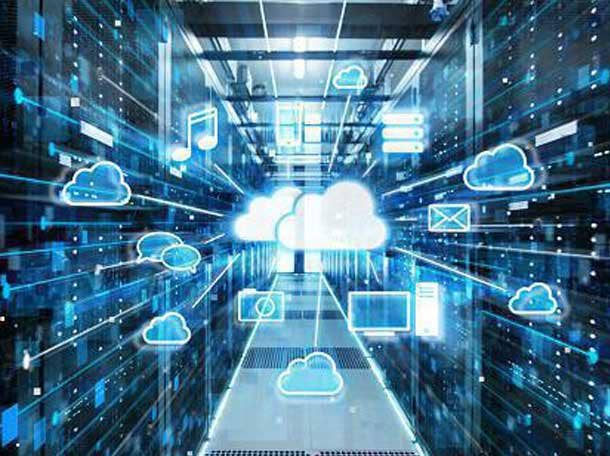
How involved is TD Synnex in the cloud marketplaces of the top three hyperscalers?
So if you’re talking about Microsoft, AWS and Google, we have a vendor relationship with all of them. They’re represented in our StreamOne platform. We’re tied via APIs. The transactions happen through automation. That’s the only way to do it. We’re talking about tens or hundreds of millions of transactions running through, and the only way to do it is in an automated way. [Partners] benefit through all of the automation and the reporting. And as we move forward, they have the capability of using our marketplace as their front end. So it can be seamless all the way from [the cloud hyperscalers] through TD Synnex to the smaller VARs that are looking to use our marketplace on a white-label basis to serve their customers.
Is TD Synnex providing its own cloud services?
So we have their products, but we put services on top. One of the things we do is aggregate multi-vendor solutions, we call them Click to Run solutions. We package everything, test it, then catalog it and make it available in the cloud catalog for consumption. And there are many different types of services in addition to that.
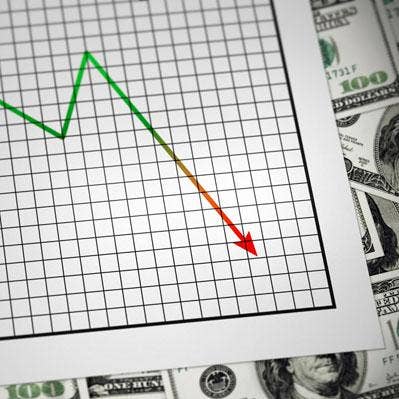
What are your thoughts on a possible recession?
It’s coming. It’s not coming. It may be coming. We know a couple of things for sure. Interest rates are going up. Inflation is beginning to decline. The fed does not like the fact that the job market is so hot. And so there’s a lot of dynamics going on. We say we try to stay away from being economists because that’s not our profession. Will there be? Won’t there be? I’m not sure. We’re staying focused on our fundamentals and working on aligning with customers and vendors and trying to making sure that we deliver value through the entire ecosystem.
Let’s assume there’s a recession. What is TD Synnex doing now to prepare for such an eventuality?
Well, [what you] have to have an appreciation for is that, regardless of the economic cycle, within IT there’s always value and there are always categories of areas that are in demand under any circumstance. The first important thing is we’re privileged to have a very large portfolio. And as economic cycles impact some of those areas and perhaps not others, we have the opportunity to make sure we’re transitioning our sales engagement or energy to where there is demand. So I think it’s really important to recognize that large portfolios, be it by geography or by offering, are things that help to insulate a little bit as opposed to being concentrated in one area or the other. The second thing is the market in total has a set of technologies that have better growth attributes: cloud, analytics, IoT, cybersecurity, hyperscale infrastructure. We’re really making sure that we’re doubling down on those areas that will have greater than the average growth of IT. And then third, like every other business, you start to take preventative and precautionary measures in making sure that you’re very conscientious about controlling costs or discretionary spending, and then being a bit more cautious as it relates to resource increments. So that’s where we’re at right now in making sure that we’re proceeding cautiously until we find out what the near-term future holds.
Do you see that holding true for distribution as a whole?
I would suspect so. I don’t have any facts. But I would suspect that that is sort of the phase that the business partner ecosystem is in.
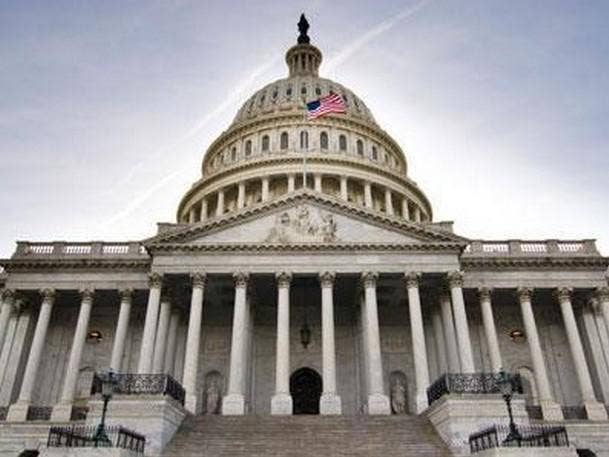
How about the chance of inflation? How is TD Synnex dealing with inflation? And what are you seeing for the rest of the year?
Obviously, inflation manifests itself in cost structures. So although the timing might not be perfect, we look, as do most industries in most areas right now, to pass on any inflationary increases through our pricing. And as I said, although the timing isn’t simultaneous, we have the opportunity to keep up with it. And I think probably the way of demonstrating how that might work is to just look at the last year. I mean, inflation was prevalent in the last year, and for the most part, our margin profiles were maintained. I think the thing that is more concerning for us on inflation would be the impact it has on the macro in the slowing of the economy. And that’s the real uncertainty as to what’s in front of us.
There’s a lot of talk now about whether the U.S. Congress will increase the debt ceiling. TD Synnex deals a lot internationally and offers credit to its channel partners. What would be the possible impact of fallout from not raising the debt ceiling in terms of both the business and TD Synnex in general?
I think there’s more politics that are going on with raising versus not raising. If we look back on history, if there are periods where we find ourselves in not approving budgets or not raising the debt ceilings, they seem to be temporary. And history would say that logic prevails. I would speculate that logic will prevail. To the extent that doesn’t, we’re going to be in the mix with everyone else. And we’ll decide what actions are required at that point in time. But as it relates to TD Synnex, I don’t believe there will be any differentiated impacts to our business versus the rest of the IT ecosystem.

What would you see as a potential impact on the IT ecosystem in general?
Again, I think logic will prevail. But to the extent it doesn’t, it’ll be the same as it is on the rest of the industries. All boats will fall or rise based on what’s happening. I don’t think there’ll be any discriminatory moves with regard to that decision on one industry versus another.
What are your key initiatives for TD Synnex in 2023?
Simple. To complete our work around the integration. In addition to that, pursue our strategy. Without getting into the details, the most important and relevant thing is continued investment in the accelerating growth and high-growth areas: cloud analytics, cybersecurity, hyperscale infrastructure. And then making sure that we continue to come together as an organization with a whole one-team, one-company concept, which we’re doing quite well in that journey.